第3回 お米に宿る神 ― 「いただきます」に込められた心
日本の食卓に欠かせないお米には、古くから神が宿ると信じられてきました。
一粒一粒の米の中に、稲の魂「稲魂(いなだま)」が宿ると考えられ、
ご飯をいただくことは、神様の恵みを体に取り込むことでもありました。
「ご飯」という言葉は「御飯(おんめし)」が語源で、
神様からいただいた尊い食を意味します。
そのため、食事の前に「いただきます」と手を合わせるのは、
自然や神、そして命を分け与えてくれたすべての存在への感謝のしるしなのです。
神道では、神様にお供えする食を「神饌(しんせん)」と呼びます。
お米や塩、水といった清らかなものを神前に供え、
その恵みに感謝する心が大切にされてきました。
人が食を通して神とつながる――それが、
古来から続く日本人の祈りのかたちです。
東京八王子の子安神社でも、
毎朝の祭典でお米をお供えし、安産と家族の健康を祈っています。
お米に宿る神への感謝を忘れず、
日々の「いただきます」に祈りの心を込めて過ごしたいものです。
Autumn Harvest and Prayers of Gratitude
Koyasu Shrine, Hachioji Tokyo Blog Series
Part 3 — The Sacred Spirit in Rice: The Heart Within “Itadakimasu”
In Japan, rice has long been believed to hold a divine spirit.
Each grain was thought to contain the Inadama—the soul of the rice—
and eating it was considered an act of receiving the blessings of the gods.
The Japanese word for cooked rice, gohan, comes from on-meshi, meaning “honorable food.”
Thus, the gesture of saying itadakimasu before meals
expresses gratitude to nature, the deities, and all life that sustains us.
In Shinto, offerings of food to the gods are called Shinsen.
Pure items such as rice, salt, and water are placed before the altar,
representing thanksgiving for life’s blessings.
Through food, people are connected with the divine—
a practice that has shaped Japanese spirituality since ancient times.
At Koyasu Shrine in Hachioji, Tokyo, rice is offered daily to the deities
in prayers for safe childbirth and the health of every family.
By remembering the sacred spirit within each meal,
we continue the timeless prayer of gratitude that lives within itadakimasu.
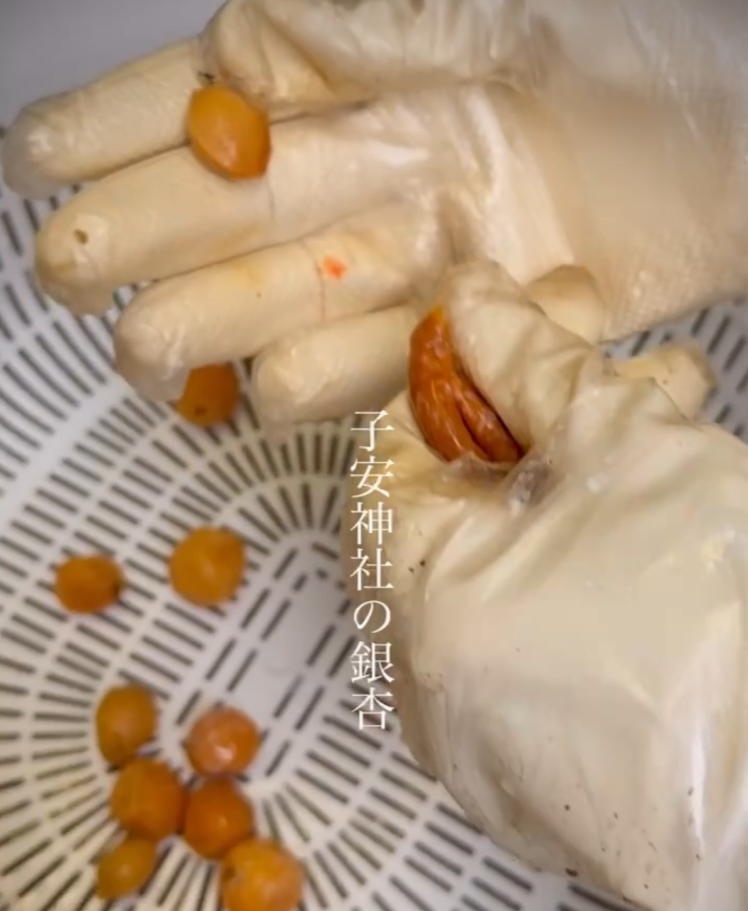
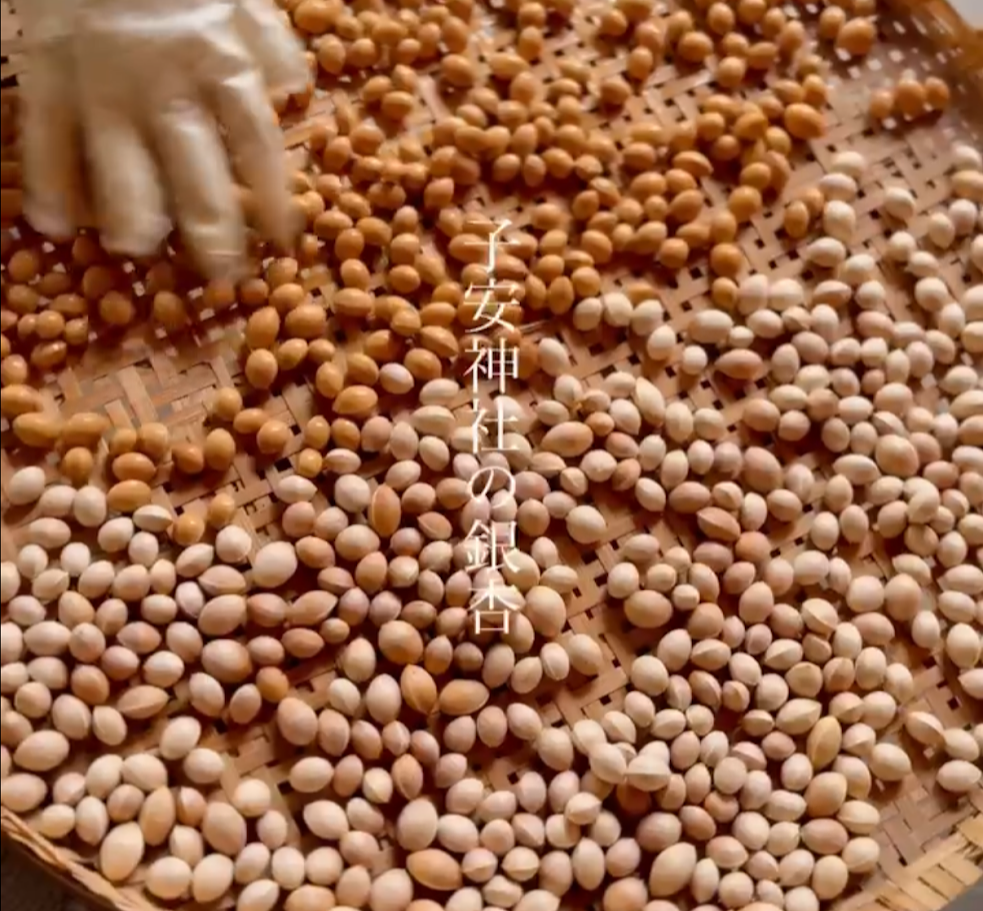
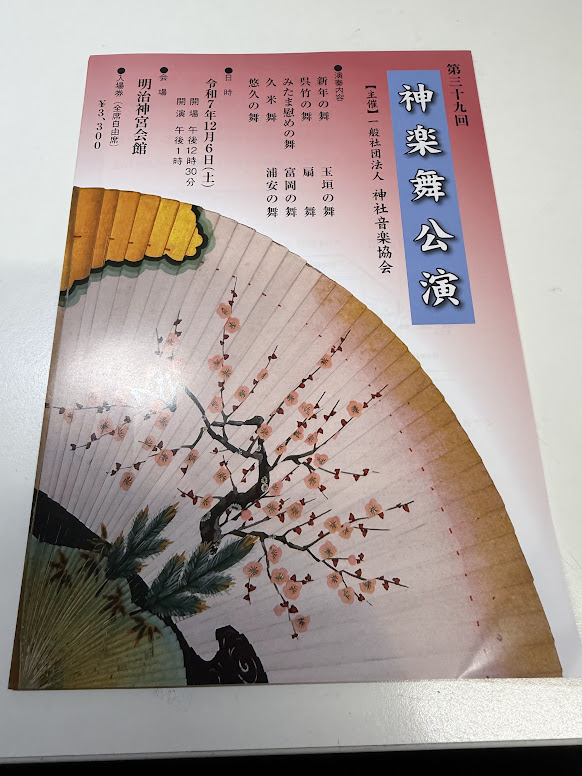
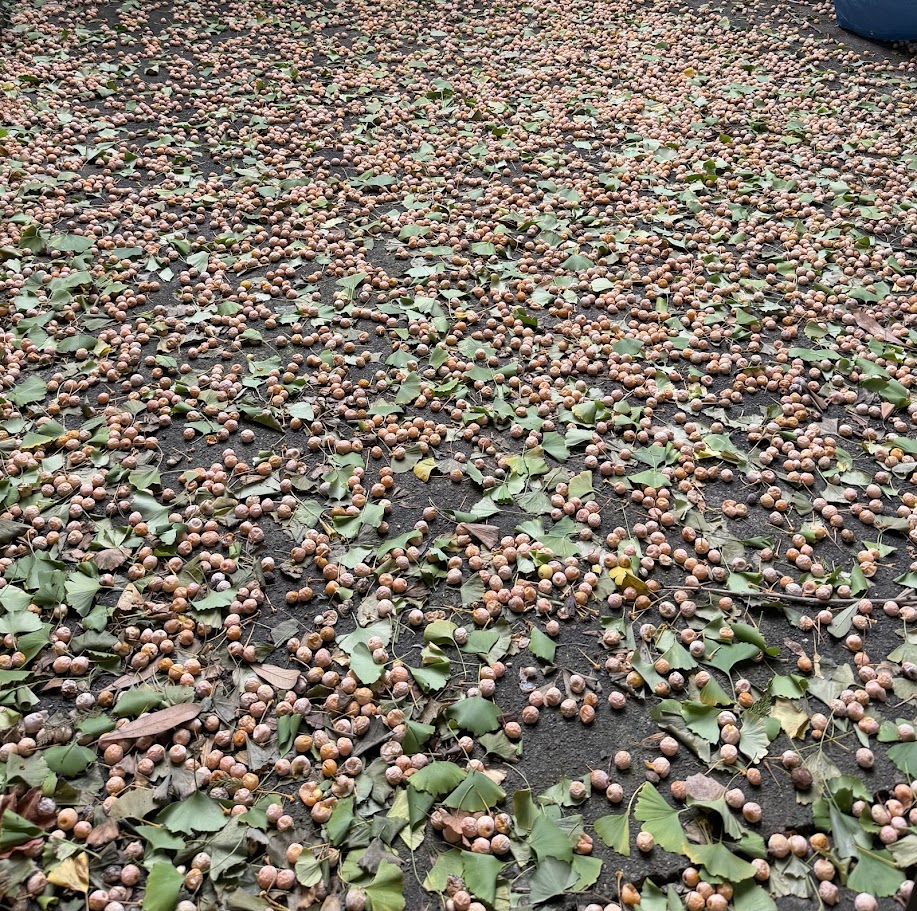
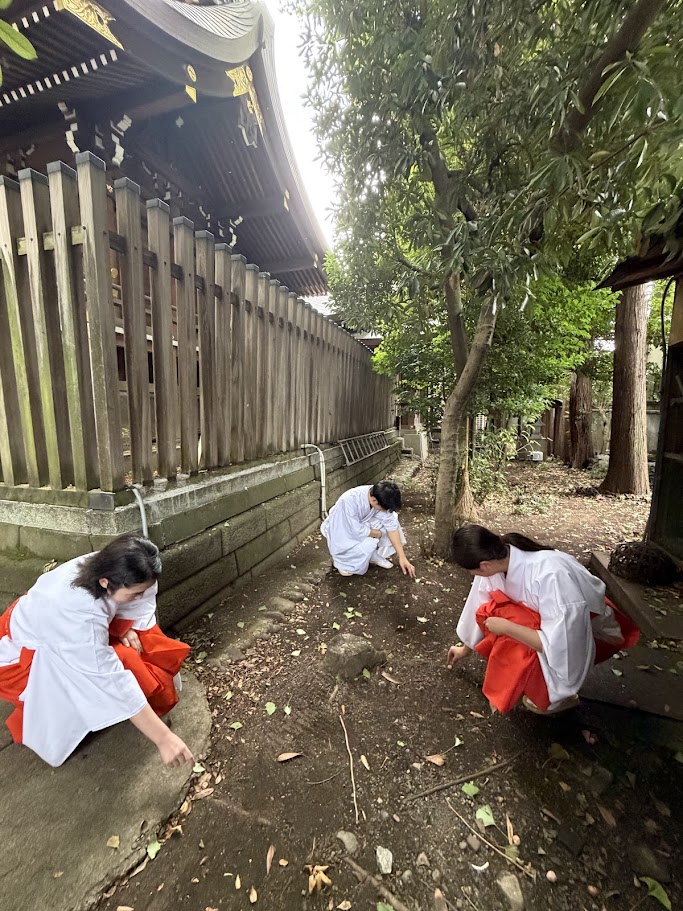
.gif)